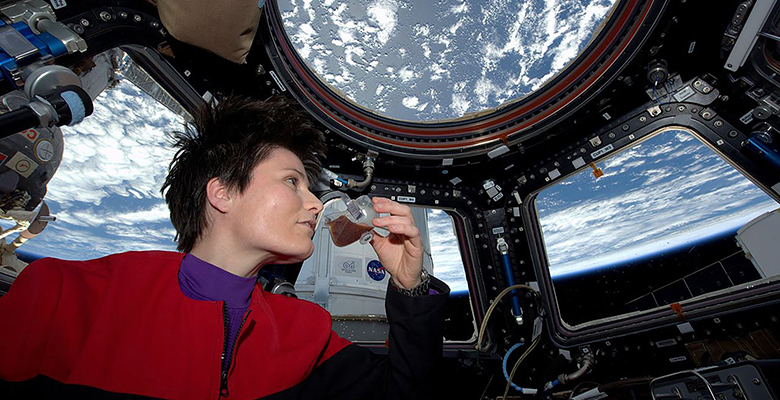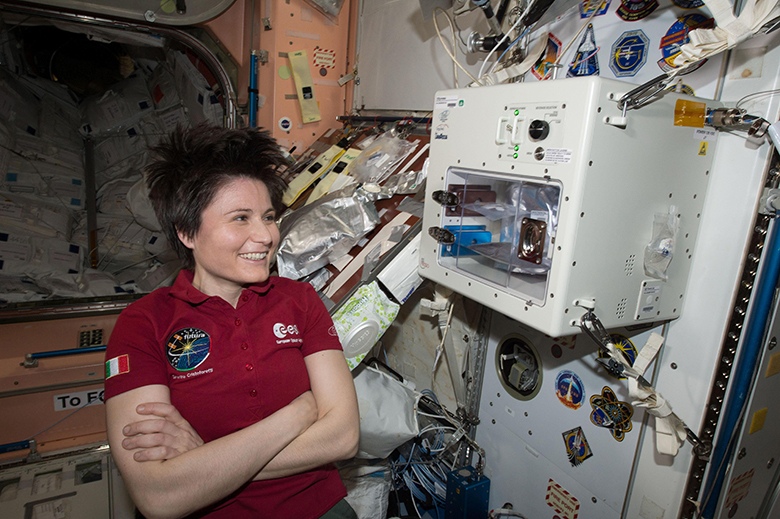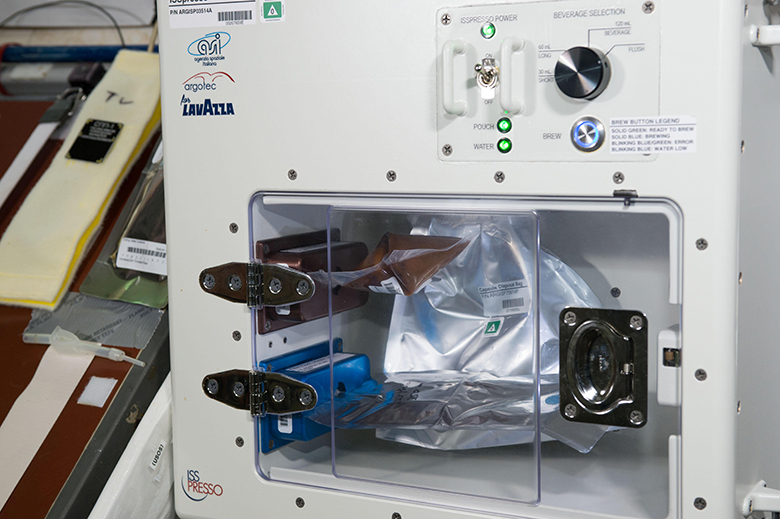How NASA cracked zero-gravity espresso

Astronauts need coffee too, but creating coffee in space poses quite a few problems.
Not least because there is no gravity!
The experts at NASA required creative solution for their astronauts to make great coffee, in the process they came up with the…ISSpresso…
Samantha Cristoforetti, an Italian astronaut on the International Space Station, slid a plastic capsule into a relatively large machine the size of a small dishwasher. She opens a small clear plastic door, attaches a pouch of water to as water intake valve and connects an empty plastic bag. Samantha then closes the door, turns the machine on, and waits for her espresso.
When broken down into a set of instructions, this feat isn’t quite as impressive as it actually is.
NASA enlisted the help of Italian engineering firm Argotec to design and build an espresso machine for astronauts on the International Space Station.
A team of 11 engineers was required — 7 of them working full time — over a year and a half to come up with a brewing process that would work in microgravity but also meet NASA’s rigorous saftey standards.

Every single component within a standard espresso machine needed to be modified.
Making espresso, of course, requires the forcing of almost-boiling water through finely ground coffee beans at a pressure (on earth) of around 9bar. When water boils here on terra firma, steam pushes into the air above. But due to the nature of near zero-gravity, hot water behaves differently with steam not being able to rise.
When turning to steam, it cannot rise and just stays suspended close to the heating element. This creates a dangerous, superheated bubble of vapour suspended in a ball of water.
Argotec’s solution to this dangerous problem was to run the water through thin steel pipes to ensure that heat bubbles would not build up.
Now this was solved, they could crack on with yet another issue, pressure.

Anything over 60 pounds per square inch of pressure is deemed a safety concern for NASA. Argotec navigated this by replacing a traditional rotary pump with a syringe style plunger, powered by an electric motor with just enough power to complete the job, an no more.
Yet another safety concern navigated, but what about leaks?
Water doesn’t pool in space, it simply floats away. Therefore every single piece of piping had to be fitted with release valves that flush into the espresso machine’s central chamber, an required a simply towel mop up. The engineers also added a mechanism to blow air through the capsule into a plastic bag to clear out liquid that would otherwise float around the cabin.
Lavazza, who funded the project, provided the Arabica blend and a redesigned capsule made from a material that wouldn’t give off toxic fumes if it caught fire. The beans themselves were perfectly fine for space usage.
But what did the boffins at NASA and Argotec name their genius design?
The ISSpresso.
